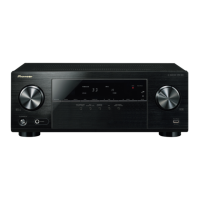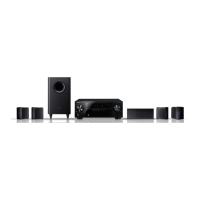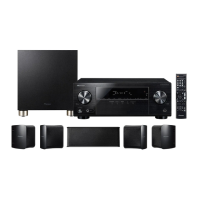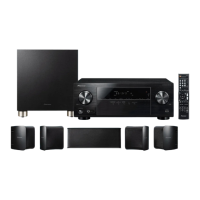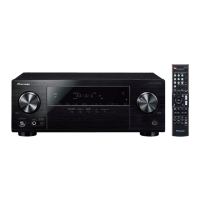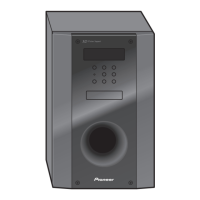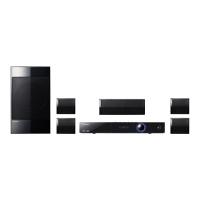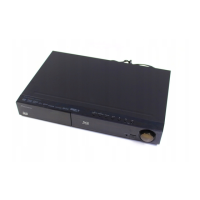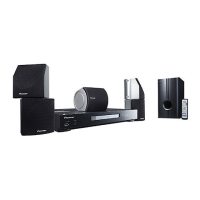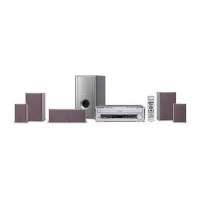How to fix Pioneer HTP-072 Home Theater System remote control?
- DDavid HortonAug 20, 2025
If you're having trouble operating your Pioneer Home Theater System remote control, here are a few things to try: * Replace the batteries. * Ensure you are within 7 meters and 30 degrees of the remote sensor. * Remove any obstacles between the remote and the sensor, or try operating from a different position. * Make sure the remote sensor on the front panel isn't exposed to direct light. * Press the (RECEIVER) button on the remote to switch to receiver control mode.
